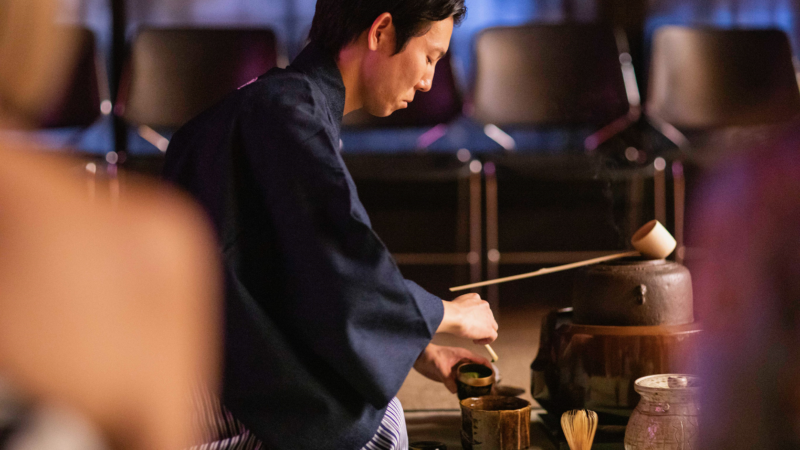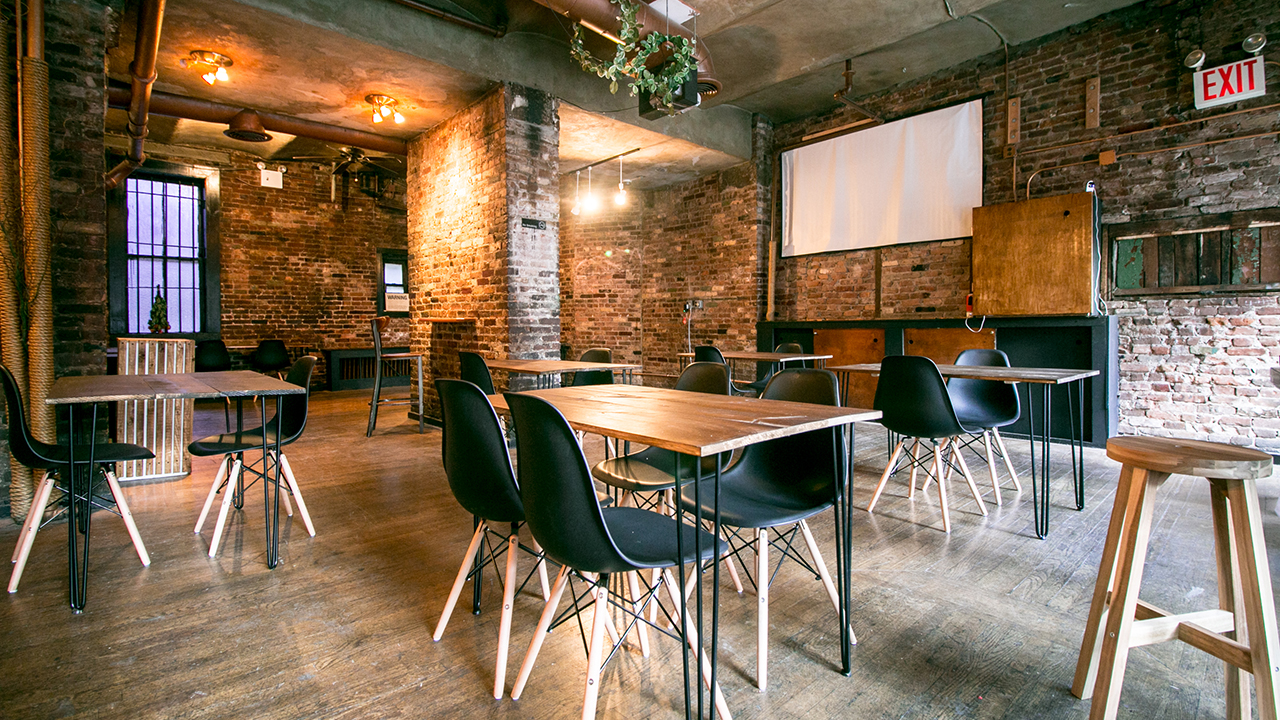
Novenber 30, 2014 – Deborah Klens-Bigman, Ph.D.
So, I am back from an all-too-brief (for me) trip to Japan. Some training, some sightseeing, some cultural experience. What did I learn?
Of course, that is a loaded question for a short blog post. If you come to our okeiko, you will find out the answer in depth, in due course. But I can give a few highlights.
- No matter what you think you know, it’s not enough. This should be a real no-brainer. After years of practice, I feel like I am getting somewhere. It’s true, but when at a gasshuku with people who have decades of practice, it becomes obvious that simple things like hand position and foot position need constant work in order to improve. However…
- Giving up is not an option. No matter how bad I think I am, after a session in which a teacher kept fixing my hands and feet instead of correcting my actual kata performance, I tried to keep in mind that everyone at the practice was there for one reason – to learn and to improve. Everyone started with no skill at all; everyone was where I am now in terms of time and experience. Not only is there always room for improvement, but…
- Age is just a number. For two days during the jodo gasshuku, I was with a group of guys, all of whom were over 70 years old. One admitted to being 83! I was truly the youngest person in that group by more than a decade, at least. And we were all at approximately the same place in our development as jodoka. Every one of them (like myself) had prior experience in some other martial art, and all of them were teachers of some kind. All of them had started jodo as something they had always wanted to do, but did not have time for previously. So…
- Strength is relative. I met some young people, around college age, who could make the stick whistle as it went through the air, but when it comes to weapon arts, timing and focus are equally important. The older gentlemen I shared the floor with had some of that wisdom that comes with experience, that…
- Patience and repetition are important. In order to improve at anything worth doing, experience counts. Some movements are slower, others are faster. In jodo in particular, the size, reach and speed of your opponent dictates your response. Some observers of traditional martial arts view this type of ability as remarkable, or even magical, but it’s not. The “magic” of paired kata comes from practice, from experience and learning (almost unconsciously) what to expect from your opponent before s/he makes a move. It’s not magic; it’s perception. I don’t mean “perception” as it is often used nowadays, which really refers to a mistaken impression (that’s actually misperception). I mean being able to size someone up, and acting accordingly; no more and no less.
A gasshuku is more than just a gathering of like-minded people who practice together. It’s also more than just getting a set of new techniques or important corrections. As important as being a member of that temporary community is, and as important as we think it is to add to our repertory of techniques, concentrated practice does something more: it changes your attitude. If you’re lucky, it will even change your ability to see.




